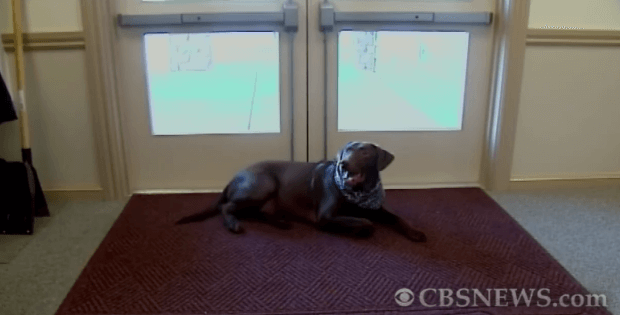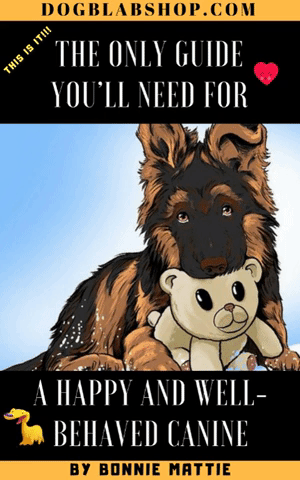Grief and Dogs: How to Help Your Pet After the Loss of Its Owner

I. Introduction
The loss of a pet’s owner due to death can be a traumatic experience for the pet. In this blog post, we will discuss the emotional turmoil that a dog may go through after losing its owner and provide practical advice on how to help your dog cope with the loss.
II. Understanding Pet Grief
Pets experience grief differently from humans, and dogs are highly social animals that form deep attachments to their owners. The stages of pet grief in dogs include denial, anger, depression, and acceptance.
Dogs are social animals that form deep bonds with their owners, and their grief can manifest in different ways. Dogs may become lethargic, lose interest in food or playtime, or display anxious behaviors such as whining, pacing, or howling. Some dogs may also experience physical symptoms such as vomiting or diarrhea.
III. Signs of Grief in Dogs
Signs of grief in dogs can include changes in appetite, sleep patterns, and energy levels. They may become withdrawn and avoid social interaction, or they may seek extra attention and comfort from their owners.
IV. Helping Your Dog Through the Grieving Process
Provide emotional support – Your dog will need extra love and attention during this difficult time. Spend quality time with your dog, engage in activities that they enjoy, and offer plenty of affection and reassurance.
Maintain a routine – Keeping a regular routine can help provide a sense of stability and security for your dog during a time of upheaval.
Consider canine therapy – Canine therapy can be a helpful way to provide emotional support for a grieving dog. This can include activities such as play therapy, massage, and acupuncture.
Encourage exercise – Regular exercise can help your dog release pent-up energy and reduce stress levels.
Offer distractions – Engage your dog in activities that they enjoy such as playing with toys or going for walks in new places.
V. Explaining the Loss to Your Dog
It’s important to help your dog understand that its owner has died, but this can be a challenging task. Dogs may not fully comprehend the concept of death, but they can sense when something is wrong. You can help your dog by providing a calm and reassuring presence, using a gentle tone of voice, and using simple language to explain what has happened.
Helping Your Dog Through the Grieving Process
Provide a comforting environment – Dogs need a safe and secure space to cope with their grief. Make sure your dog has a cozy bed, plenty of water and food, and access to toys and familiar objects.
Offer plenty of love and attention – Your dog needs extra love and attention during this time. Spend time with your pet, pet them, and give them treats to make them feel loved and appreciated.
Stick to a routine – Maintaining a routine can help your dog feel more secure and stable during a time of change. Keep feeding and exercise times consistent, and try to maintain the same daily routines as before the loss.
Exercise and play – Exercise and play can help dogs release pent-up energy and reduce stress levels. Take your dog for walks, play fetch, or engage in other fun activities they enjoy.
Use positive reinforcement – Positive reinforcement techniques, such as giving treats or praise, can help your dog feel more secure and confident during this challenging time.
Explaining the Loss to Your Dog
It’s important to help your dog understand what has happened to its owner, but it can be challenging to explain the concept of death. Use simple and direct language, such as “owner is gone” or “owner passed away.” Avoid using euphemisms such as “went to sleep” or “went away” as these can be confusing for your pet. Be prepared for your dog to need time to process the information and show patience and understanding.
VI. Moving Forward
Consider seeking professional help – If your dog is struggling to cope with the loss of its owner, consider seeking the help of a professional pet therapist or counselor.
Consider getting another pet – While this may not be the right choice for everyone, some dogs benefit from the companionship of another pet.
Create a memorial – Creating a memorial can be a helpful way to honor the memory of your dog’s owner. This can include a photo album, a special place in the home, or a memorial garden.
VII. Conclusion
Losing a pet’s owner can be a traumatic experience for a dog, but with love, patience, and understanding, you can help your pet through the grieving process. By recognizing the signs of grief, providing emotional support, and sticking to a routine, you can help your dog feel secure and loved during this challenging time. While the loss of an owner may never fully go away, with time, you and your pet can learn to cherish the memories of your beloved owner.







